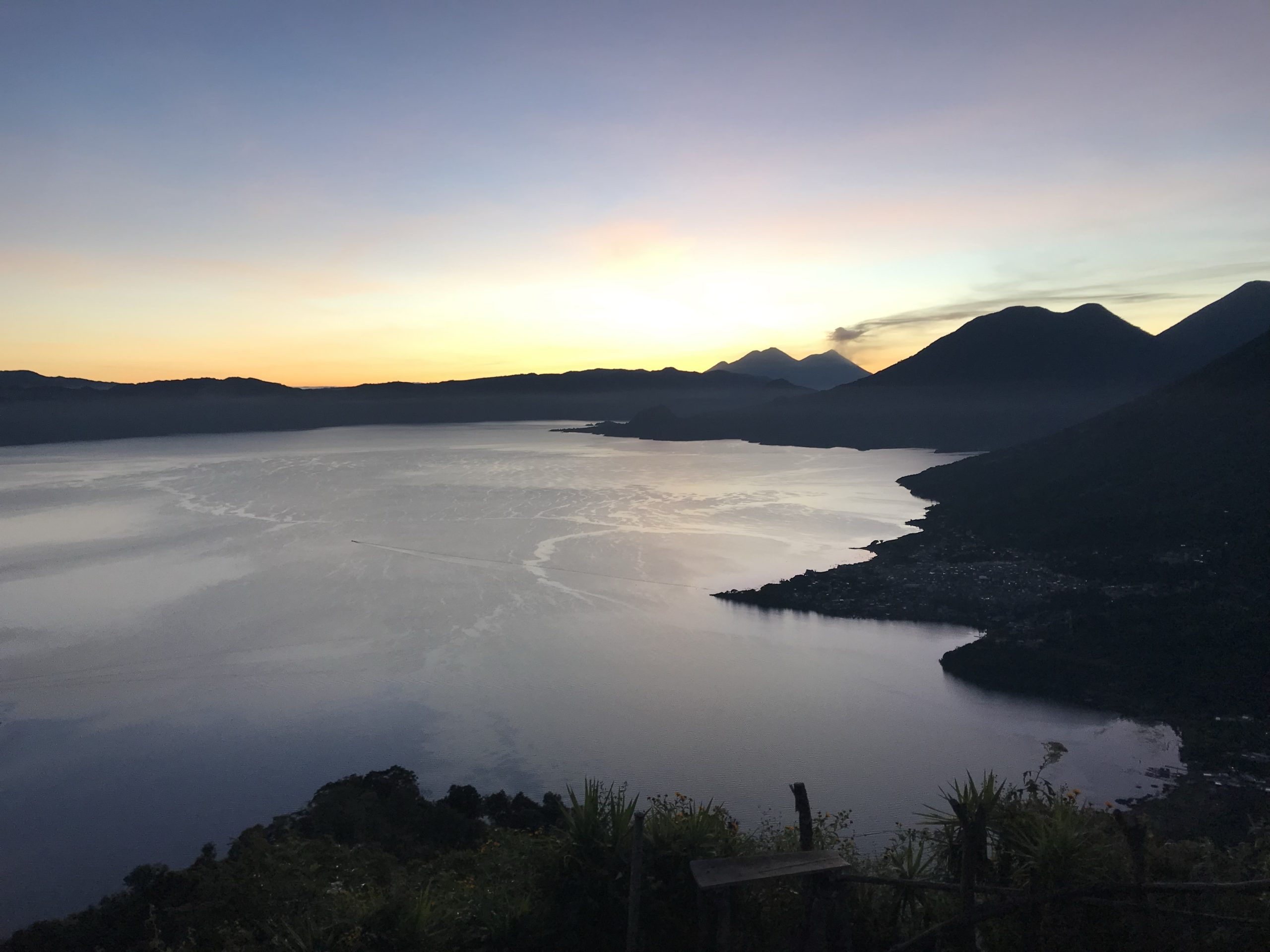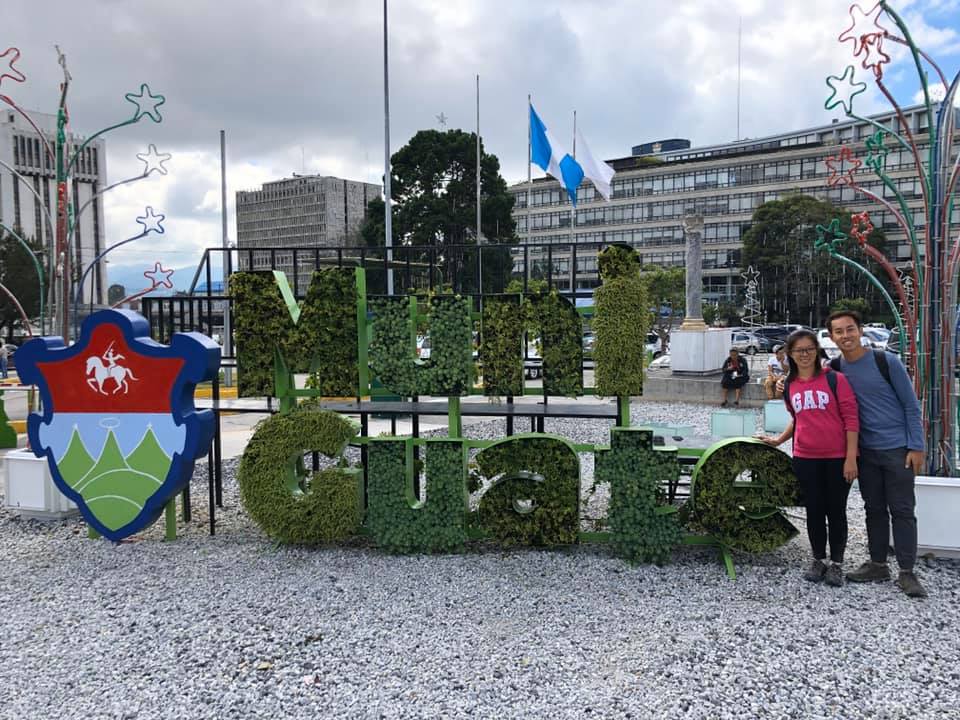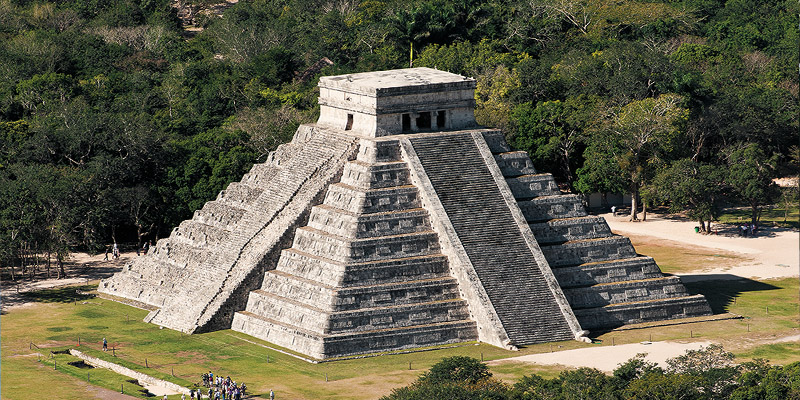
Tikal is an expansive jungle setting featuring Mayan temples & ceremonial ruins dating to 900 BCE. The most striking feature of Tikal is its towering, steep-sided temples, rising to heights of more than 44m, but what distinguishes it is its jungle setting.

Its many plazas have been cleared of trees and vines, its temples uncovered and partially restored, but as you walk from one building to another you pass beneath a dense canopy of rainforest amid the rich, loamy aromas of earth and vegetation. The site was declared a UNESCO Heritage Site in 1979.

Much of the delight of touring around Tikal comes from strolling the broad causeways, originally built from packed limestone to accommodate traffic between temple complexes. By stepping softly you’re more likely to spot monkeys, agoutis, foxes and ocellated turkeys. We saw several monkeys seizing opportunities to grab some food from unknowing visitors.

Tikal is a popular day trip from Flores or El Remate, so it is much quieter in the late afternoon and early morning, which makes an overnight stay an attractive option. However, we stayed in San Benito the night before and went to Tikal the following day using a shuttle van.

With its diverse indigenous culture, rich Maya heritage and colonial charm, Guatemala is an intoxicating adventure for both the jaded and novice traveler.

I really enjoyed my time at Tikal walking through the natural reserve to see the various ruins. The ruins at Tikal are famous in the country, but at least it does not suffer from overtourism unlike in neighbouring Mexico – Chichen Itza. Tikal is relatively easy to get to, expansive in size and hugely atmospheric, the site rarely disappoints – even if it’s packed out with tour groups. On the day that we visited, there were some large groups of local tourists, but venturing deeper into the jungle, we usually had the panoramic view of the place to ourselves. One thing to note is that a certain level of fitness is needed to climb up all those steps on the stone structures in order to reach great heights to take stunning photos like these.

From the Great Jaguar Tikal to Temple of the Masks to North Acropolis, Mundo Perdido (Lost World) to Templo de la Serpiente Bicefala, there are so many sites at this sprawling national park. You can choose to hire a guide to explain each and every structure to you, but we decided to do it independently while referring to our online downloaded guide.

How to get there?
You can opt to take the chicken. bus from Santa Elena, but the timings are irregular. Alternatively, go to the bus terminal to enquire about the shuttle van to Tikal. It includes a two-way transfer, with the option of adding on a guide. Cost is 80 quetzales (S$14.50) for a return trip to Tikal. There are about 4 trips per day, starting from 7am, 10.30am, 12.30pm and the last one at 2pm. The driver will wait for you at the site while you explore, and the last van leaves Tikal at 6pm. The ride to Tikal is about one and a half hour long depending on traffic.
Costs
Tikal National Park is open daily for visits from 6:00 AM to 5:00 PM. Adult tickets for foreigners cost 150 quetzales (about $20 USD). Children under 12 can enter Tikal free of charge. Tickets have to be bought at the entrance to the national park, where by a bank officer collects the money as there were cases of locals pocketing the money without passing the funds to the central government. The car then drives further in to the carpark area, where we exchange the slip of bank-issued receipt for a wristband to enter the Tikal area officially.


